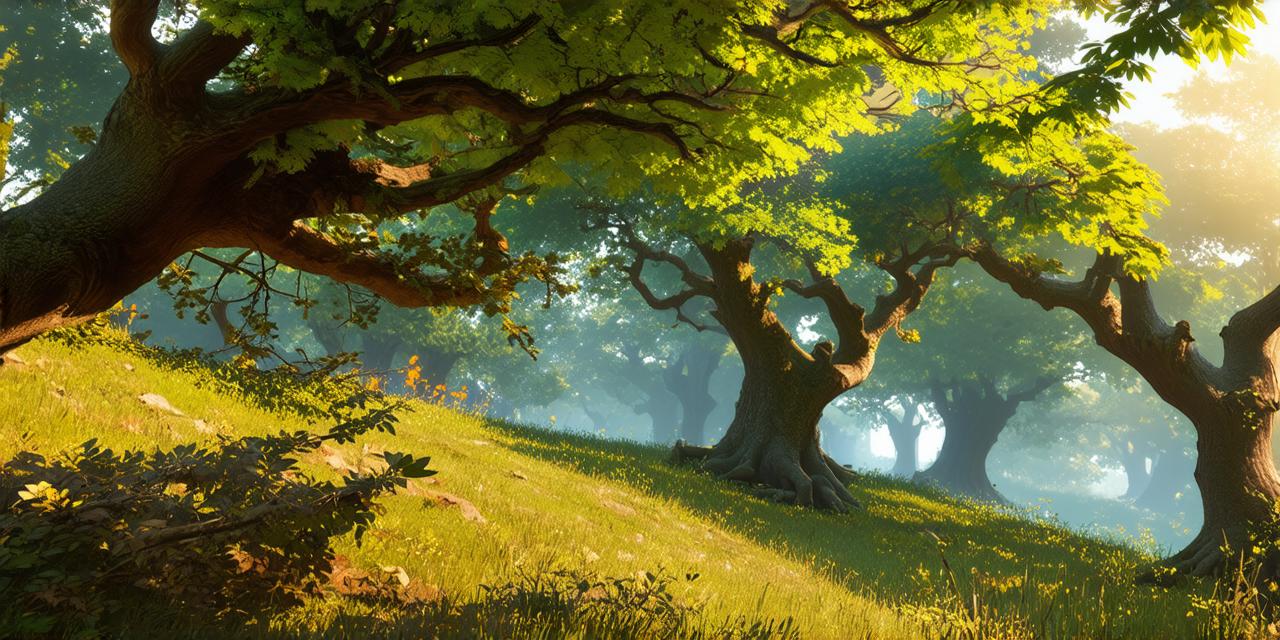Animation trees are a powerful tool used to manage and organize complex animations in video games, movies, and other forms of digital media. They allow animators to define different types of animations and their relationships with each other, making it easy to create complex sequences of movements and actions.
What is an Animation Tree?
At its core, an animation tree is a hierarchical structure that represents different types of animations and their relationships with each other. It consists of nodes, which represent individual animations, and edges, which connect those nodes together to form sequences of movements.
Each node in the tree can have one or more children nodes, which are connected to it through the edges.
Animation trees are often used in video games, where they allow game designers to create complex animations for characters and objects. For example, an animation tree might define a character’s walking animation, which consists of multiple steps, each of which is represented by a separate node in the tree.
The nodes would be connected together through edges that represent the transitions between each step.
How Animation Trees Work
Animation trees work by defining a set of rules and constraints for how the animations in the tree should be played back. These rules can be used to control things like timing, looping, and blending, as well as more advanced techniques like interpolation and splines.
For example, let’s say you wanted to create an animation of a character running from left to right. You might define two nodes in the tree: one for the character’s left-facing animation and one for the character’s right-facing animation.
The left-facing animation might be defined as a series of steps, with each step representing the character’s movement at a specific point in time.
The right-facing animation would then be defined using a similar set of nodes, but with the steps reversed in order to create the illusion of the character running from left to right. The two animations would be connected together through an edge that represents the transition between them.
When the animation is played back, the rules and constraints defined in the tree are used to control how the animations should be played. For example, the timing and looping rules might be used to ensure that the character’s feet are always on the ground when they run, while the interpolation rules might be used to create smooth transitions between different movements.
Advanced Techniques with Animation Trees
In addition to basic animations, animation trees can also be used to create more advanced visual effects. For example, you might use a technique called “morphing” to change the shape or appearance of an object over time. This could be used to create realistic character movements or to create dynamic and interesting backgrounds.
Another advanced technique is “animation blending,” which allows animators to mix different animations together to create new and unique effects. For example, you might blend a character’s running animation with their jumping animation to create the illusion of the character jumping while they run.
Conclusion
Animation trees are a powerful tool that can be used to create complex and compelling visual effects in video games, movies, and other forms of digital media. By defining different types of animations and their relationships with each other, animation trees make it easy for animators to create sequences of movements and actions that are both realistic and visually appealing. With the right tools and techniques, animation trees can be used to bring any digital creation to life.
